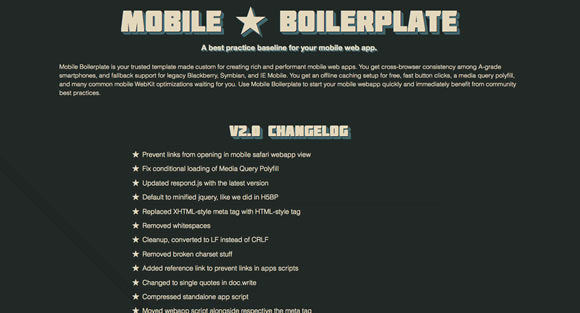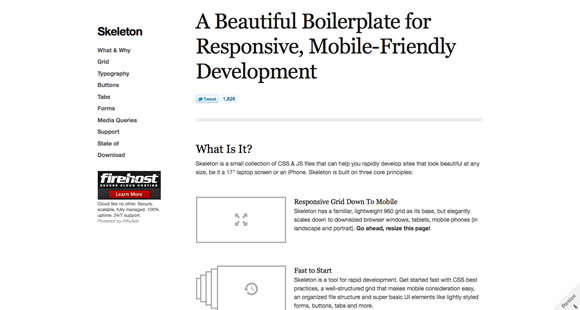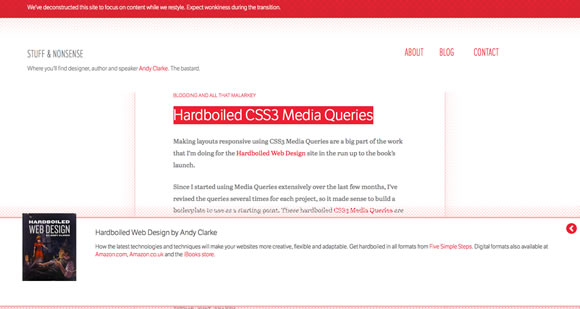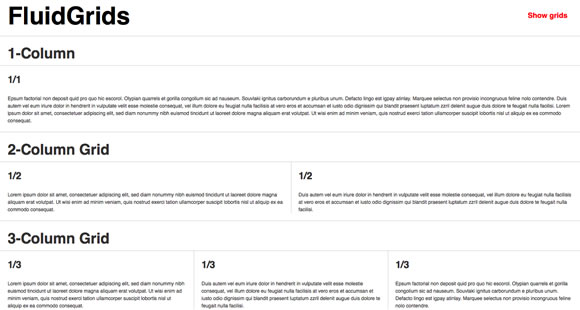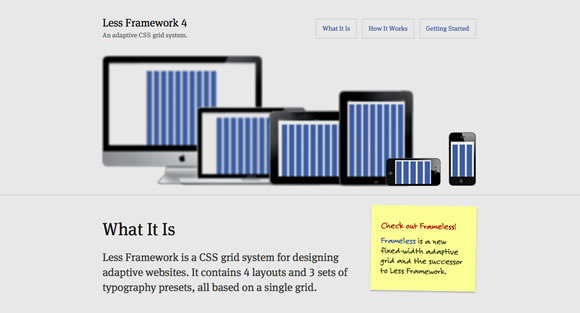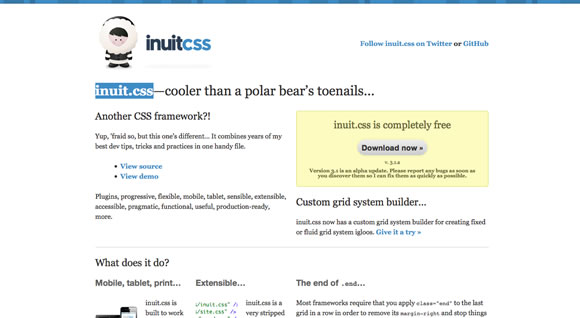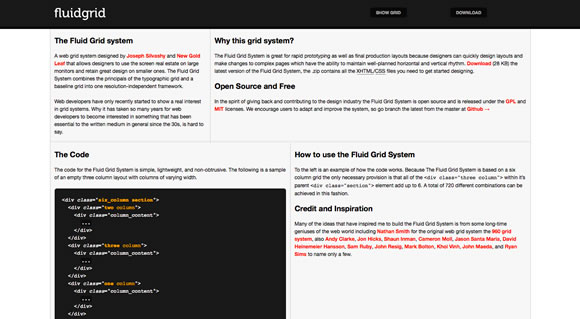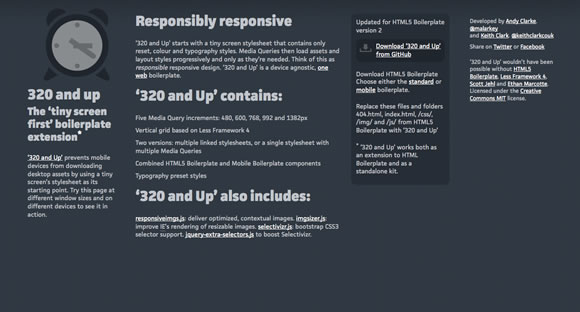A new iPad, an updated iPhone and bridges to the enterprise are on the horizon
Computerworld - 2011 was a big year for Apple. The company continued to dominate the tablet market, with no rival coming close the iPad in sales. It also released Lion, an update to OS X that delivered hundreds of new features; pushed out a major update to iOS that finally cut the cord for backups and syncing; launched its new cloud service, iCloud (albeit not without some issues); and continued to rack up record sales of Macs.
And, of course, 2011 was the year that Steve Jobs stepped down as CEO because of declining health just weeks before his death on Oct. 5.
On several fronts, Apple seems likely to capitalize on its successes in the coming year. Fueling continued growth in 2012 will be several trends that began this year within the company, the consumer market and enterprise IT.
On several fronts, Apple seems likely to capitalize on its successes in the coming year. Fueling continued growth in 2012 will be several trends that began this year within the company, the consumer market and enterprise IT.
Bridges to the enterprise
Apple isn't the first company that comes to mind when you think about enterprise technology vendors. Indeed, Apple has never released an enterprise product road map like Cisco, HP, Dell and other vendors do. Despite its unique approach (or lack thereof) to the enterprise, Apple has historically created its own enterprise offerings, like its OS X Server platform and the Xserve rack-mount server.
Apple Update
Although these could be integrated with common enterprise infrastructures, Apple has focused more on producing end-to-end Apple solutions -- an approach that has worked well in Mac-centric niche markets and small businesses, but not in the larger corporate world.
Over the past couple of years, however, Apple seems to have learned that it doesn't have to be the only option for bringing its technologies into the workplace. The company has been quietly building bridges to the enterprise by establishing partnerships with third parties to advance the use of iOS devices and Macs in business environments.
Letting mobile device management (MDM) vendors lead when it comes to securing and managing iPhones, iPads and other mobile products is a great example of Apple putting the underlying technology in place and letting others devise scalable, multiplatform systems.
At the same time, Apple has scaled back some its own enterprise technology. The last orders for the Xserve rack-mounted server shipped in the spring, and OS X Server was recast as a small business system with the release of Lion Server as a simple add-on to Lion.
This is a trend that will continue through 2012. Apple will quietly boost its support for iOS and OS X in the enterprise by more deeply integrating its systems with existing enterprise standards and technologies. The number of client and system life-cycle management tools that now support Macs and iOS devices are evidence of this.
But Apple will also work to ensure that its systems are implemented and supported as effectively as possible. It will achieve that goal through partnerships with IT consulting firms, by offering training and educational resources, and by refocusing its existing set of certifications to address the needs of the market. Apple has already taken such steps with the new Mac Integration 10.7 certification for deploying Macs in Windows environments.
Apple's own efforts will be helped by the growing trend of companies allowing employees to use their own devices for work -- the bring-your-own-device (BYOD) movement -- and a tablet market that has yet to produce a true iPad competitor.
Over the past couple of years, however, Apple seems to have learned that it doesn't have to be the only option for bringing its technologies into the workplace. The company has been quietly building bridges to the enterprise by establishing partnerships with third parties to advance the use of iOS devices and Macs in business environments.
Letting mobile device management (MDM) vendors lead when it comes to securing and managing iPhones, iPads and other mobile products is a great example of Apple putting the underlying technology in place and letting others devise scalable, multiplatform systems.
At the same time, Apple has scaled back some its own enterprise technology. The last orders for the Xserve rack-mounted server shipped in the spring, and OS X Server was recast as a small business system with the release of Lion Server as a simple add-on to Lion.
This is a trend that will continue through 2012. Apple will quietly boost its support for iOS and OS X in the enterprise by more deeply integrating its systems with existing enterprise standards and technologies. The number of client and system life-cycle management tools that now support Macs and iOS devices are evidence of this.
But Apple will also work to ensure that its systems are implemented and supported as effectively as possible. It will achieve that goal through partnerships with IT consulting firms, by offering training and educational resources, and by refocusing its existing set of certifications to address the needs of the market. Apple has already taken such steps with the new Mac Integration 10.7 certification for deploying Macs in Windows environments.
Apple's own efforts will be helped by the growing trend of companies allowing employees to use their own devices for work -- the bring-your-own-device (BYOD) movement -- and a tablet market that has yet to produce a true iPad competitor.
Embracing LTE and the A6 for next iPad/iPhone
Without a doubt, we'll see new iPads and iPhones in the coming year (and a real update to the iPod Touch). Those devices will be based around next-generation ARM processors. There will almost certainly be improvements to the iPad's screen, bringing it in line with the retina display of the iPhone (though maybe not to full parity when it comes to pixels per inch).
Likewise, there's little doubt that Apple will introduce LTE support. The question is more about whether Apple will offer separate 3G and LTE models of the iPad 3 and iPhone 5 (along the lines of the Verizon iPhone 4, which launched as separate GSM and CDMA handsets) or combine the technology in a single model.
The inclusion of near field communication (NFC) technology and support for mobile payments seems more in doubt. Obviously, Apple is proving that iPhones make great mobile payment systems via the self-checkout feature recently instituted by its retail stores. And it already has a user-payment mechanism in place through the iTunes Store. However, Apple sometimes waits on features (like LTE) until it feels they can work as flawlessly as possible. That could mean another year before NFC comes to iOS.
I strongly suspect that 2012 will also be the year when Apple begins to diversify iPad price points. The company isn't likely to introduce a 7-in. or limited-feature model, however. Instead, it will more likely follow the approach that it has used with the iPhone and continue producing past iterations and selling them at lower prices.
Siri evolves
It's a given that the iPhone 4S's virtual assistant, Siri, will improve and evolve throughout 2012. And there are a handful steps that Apple is sure to take to enhance the voice-controlled technology. For starters, we know that additional languages and localized results will be added in the coming months. We also know that Apple is amalgamating a lot of crowd-sourced data that will improve Siri's speech recognition and understanding of colloquial phrases. And it seems a sure thing that Apple will deploy Siri on a number of devices, including future iPads and iPod Touches (and potentially TVs, which I'll get to in a bit).
It's also likely that Apple will begin linking Siri to additional reference and recommendation services. Currently, Siri can get information from Wolfram Alpha, Yelp, and Google Maps. As the brouhaha over Siri's inability to locate abortion services proved, Siri is at the mercy of the services it connects with. No doubt, Apple is working to identify and develop partnerships with additional content sources, particularly in regional and local markets around the world. The company may even be looking at buying one or more outright. I also wouldn't be surprised to see Apple allow users to select which services Siri uses to locate information or in what order it should query those sources.
It's also likely that Apple will begin linking Siri to additional reference and recommendation services. Currently, Siri can get information from Wolfram Alpha, Yelp, and Google Maps. As the brouhaha over Siri's inability to locate abortion services proved, Siri is at the mercy of the services it connects with. No doubt, Apple is working to identify and develop partnerships with additional content sources, particularly in regional and local markets around the world. The company may even be looking at buying one or more outright. I also wouldn't be surprised to see Apple allow users to select which services Siri uses to locate information or in what order it should query those sources.
 Beyond putting more data at Siri's virtual fingertips, Apple will also likely extend the technology's capabilities in terms of what data and apps Siri can interact with on an iOS device. Any new capabilities would be implemented in iOS itself or with Apple's apps at first. That said, I'm sure Apple will eventually open up at least a few APIs so developers can plug into Siri in a variety of ways. I expect this will be a key feature for developers in iOS 6.
Beyond putting more data at Siri's virtual fingertips, Apple will also likely extend the technology's capabilities in terms of what data and apps Siri can interact with on an iOS device. Any new capabilities would be implemented in iOS itself or with Apple's apps at first. That said, I'm sure Apple will eventually open up at least a few APIs so developers can plug into Siri in a variety of ways. I expect this will be a key feature for developers in iOS 6.One big question: Will Apple eventually introduce additional voice/personality packs for Siri? Given that Apple has already done so to some extent with the localized language support in the Siri beta, it seems almost certain that the company can offer additional choices, just as most GPS navigation systems do. The questions are: When will we see them, and will they be free?
As with developer access to Siri, I'm betting that those options will arrive with iOS 6 and that users will be able to purchase them like ringtones.
iOS 6
It seems a foregone conclusion that Apple will release iOS 6 in 2012, given that the company has put out iOS updates on a yearly basis since the iPhone shipped in 2007. Probably the biggest changes will center around Siri's expanded feature set, but Apple is likely to have some other surprises in store.
Two particular areas where Apple may shake things up involve maps/navigation and search. Over the past couple of years, Apple has quietly been building better map-related features; those efforts have included the creation of its own Wi-Fi hotspot database. And it's been buying mapping software vendors, indicating an eventual shift away from Google Maps. Likewise, particularly with Siri's search-related capabilities, Apple may look to develop relationships that reduce its reliance on Google overall.
Apple will probably also improve the notification center introduced in iOS 5 this fall. For people who have been critical of Apple's decision not to allow Android-like widgets on the home screen, this may be the company's first step in that direction. The Weather and Stocks apps currently can display more information than just alerts, and it's reasonable to assume Apple could expand this type of display.
Less dramatic steps Apple is sure to take will include increasing the capabilities of the features (hardware and OS-level tools) that developers can access under iOS and improving mobility management. Apple has given developers access to a greater range of APIs in each iOS release and that seems destined to continue -- both for Siri and other technologies.
The company will be looking to continue to improve device and data security, as well as the capabilities of MDM systems for monitoring and managing iOS devices in business environments -- an area where Apple has an advantage over most Android devices at the moment.
iCloud improves
It seems impossible to count out an update to iCloud in 2012. The big issue Apple needs to address is syncing between Macs and PCs. Right now, syncing third-party app data between iOS devices is decent, but limited. If Apple is going to challenge other companies in the cloud, it needs to be able to integrate with desktops better. And what Mac user wouldn't want to see iCloud bring back Mobile Me's ability to sync system settings?
Apple TV becomes more than a hobby
With a recent estimate that 8% of U.S. households have an Apple TV (with Apple capturing 32% of the connected TV market), it's hard to call the current Apple TV a hobby -- though Apple has done so since the original model was announced five years ago. 2012 seems poised to be the year that the Apple TV becomes a major product and revenue source for Apple.
Rumors have been rampant that Apple would eventually produce its own HDTV line instead of the current Apple TV set-top box. Those rumors began flying more than ever this fall after Walter Isaacson's biography of Steve Jobs was released -- largely because of a brief passage in which Jobs says that he "finally cracked it" in reference to the television market and/or industry. That comment -- along with the release of Siri on the iPhone 4S (and its ability to control TV content when paired with Siri Proxy) -- has been taken by many to mean that Apple is planning a next-generation HDTV that utilizes voice control. Many HDTV manufacturers have actually begun work on voice-controlled models as a result of those reports.
Apple Update
* What's up for Apple in 2012?
* Patent win will boost Apple fight against Android
* Apple reportedly buys Israeli SSD-maker Anobit
* Apple's share of 'ultrabook' market set to plummet, analyst predicts
* Sotheby's sells Apple founding contract for $1.6M
* Mac App Store download tally reaches 100 million
* EU watchdog launches antitrust probe of Apple, ebook publishers
* Update: How to turn off Carrier IQ on your iPhone
* iPhone 4S most popular iPhone ever
* Apple's Siri balks at abortion queries, pro-choice advocates charge
If Apple does develop its own HDTV line, 2012 will probably see a small rollout of a limited number of models to test the market.
Regardless of whether Apple is planning its own line of televisions, it's pretty certain that we'll get a new version of the set-top box, probably with an updated interface and features. The current Apple TV user experience hasn't really changed much in a few years, and I can envision Apple revamping it. Given Netflix's gaffes this year, I also wouldn't be surprised to see Apple offer additional streaming services like those from Hulu+ or possibly Amazon.
I also wouldn't be surprised to see Apple add AirPlay-based gaming and limited app support -- after all, AirPlay gaming can already be done on the iPad 2 and the iPhone 4S. I do think that Apple will be very cautious about game or app support and I doubt such features would run directly on the Apple TV without a supporting iOS device.
While there may be a voice-control element based around Siri included with a new Apple TV or Apple HDTV, it will probably be an optional feature, and traditional navigation using an Apple remote or an iOS device and the Remote app will be included. In fact, voice-control systems could always be offered with complementary remote-control devices or apps to avoid the problems that would arise when background noise or loud conversations render voice commands ineffective.
Previews of Lion's successor at WWDC
There's been a lot of speculation about what the next version of OS X will look like. The idea that Lion might be the last release before the Mac and iOS platforms merge completely has even been floated since the announcement of Lion last fall. About the only assumption I can really make about OS X 10.8 is that it will be more iCloud-ready; there are plenty of ways Apple can -- and probably will -- make Macs more cloud-centric. Beyond that, the only thing we can expect is a limited preview at Apple's annual Worldwide Developers Conference.
The patent battles continue
Over the course of 2011, Apple became embroiled in patent lawsuits with Android manufacturers in countries all over the world. Keeping track of the ongoing skirmishes in what can only be called an all-out patent war has been like tracking division games during the NFL season. It's pretty clear that this war is far from over and that Apple is not interested in making money (or peace) by licensing its array of mobile technology patents. The company seems to be intent on crushing Android, which Jobs, on multiple occasions, emphatically described as stolen.
While I'd like to see cooler heads prevail, I don't see Apple backing down. What that will ultimately mean for any of the companies involved -- or even for the patent processes around the world -- isn't clear. One thing that it will almost certainly do is engender more antagonism between companies and even end users, something Apple would be better off without.
If there is any upside to this situation, it may well be that it exposes the need for an overhaul of the patent processes in the U.S. and around the world. After all, the system for registering patents was set up long before the advent of today's technologies, and it doesn't always seem to offer sensible and consistent guidelines for innovations in the 21st century.
Ryan Faas is a freelance writer and technology consultant specializing in Mac and multiplatform network issues. He has been a Computerworld columnist since 2003 and is a frequent contributor to Peachpit.com. Faas is also the author of iPhone for Work (Apress, 2009). You can find out more about him at RyanFaas.com and follow him on Twitter (@ryanfaas).



 Hitwise
Hitwise

